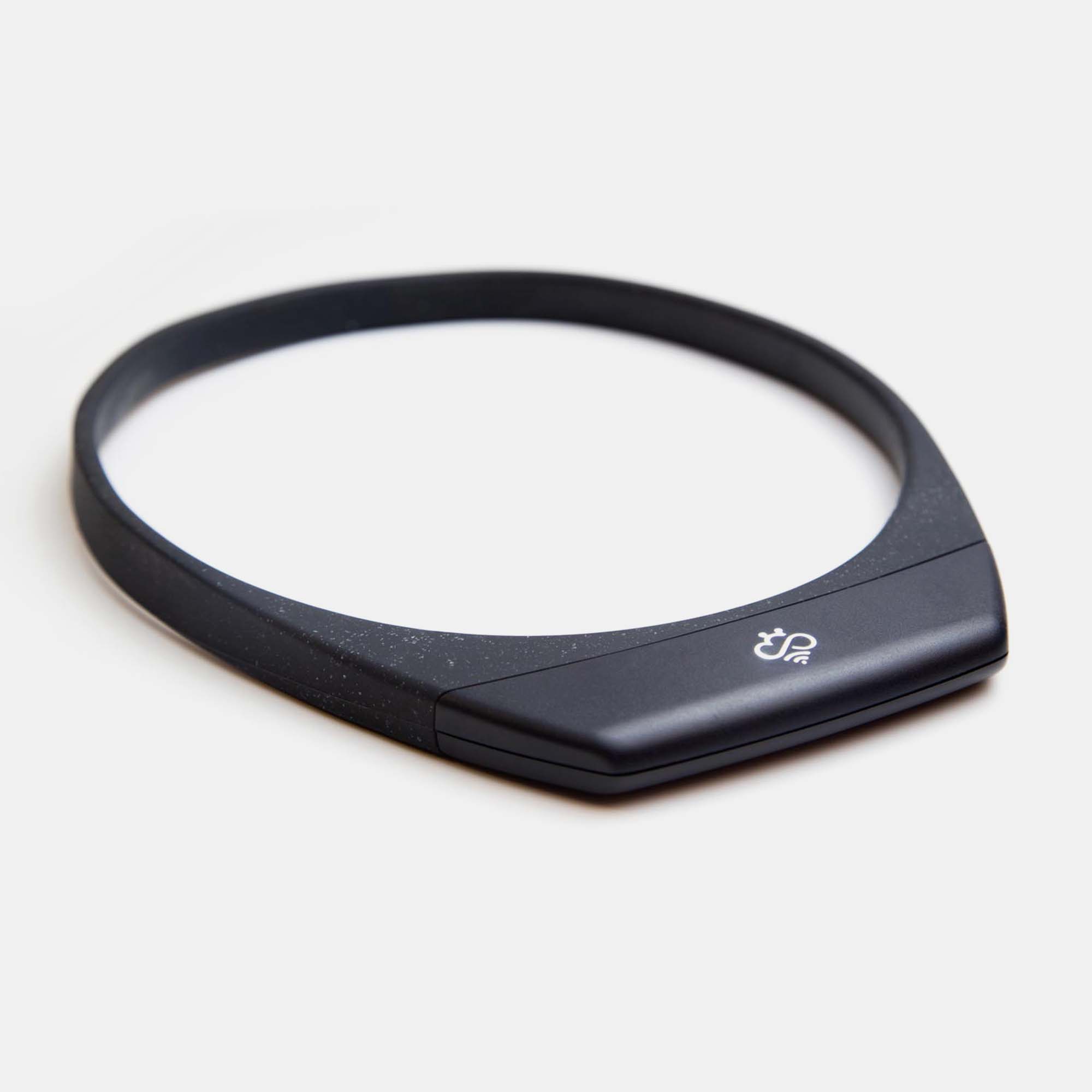By Justine Hall
If there’s one thing we all know about stretching it’s that we should probably be doing more of it. It’s the part of a workout that we tend to skip when we’re tight on time and think to ourselves, “I’ll stretch when I get home!” or “I’ll make sure to stretch for twice as long tomorrow!” But, without stretching regularly we run the risk of more serious injuries down the line. So yes, there was a reason why we all stood in a circle to stretch in elementary school P.E. classes.
Creating a regular stretching routine can help you to increase your overall flexibility, which is important for pro athletes and everyday folks alike.
Some Key Benefits of Stretching Include:
-
Decreased risk of injury
-
Increased muscle blood flow
-
Improved performance in other physical activities
-
Increased ability for your muscles to work effectively
-
Improved ability to do daily activities
-
Increased ability for your joints to move through their full range of motion
While all of these benefits are great, don’t pull out your towel or yoga mat just yet. Just as there are different styles of yoga (bikram, hatha, etc.) there are various types of stretching and research shows they’re not all created equal. It's important to understand each style before starting a regular stretching practice. You’ll want to consider which type is best for you and your lifestyle. Also think about what types of workouts you’re doing and select stretches that focus on the muscles you’re utilizing frequently.
The Most Common Stretching Methods
-
Dynamic: Active movements where your joints and muscles go through a full range of motion. Think high kicks and lunges with a twist.
-
Static: When you stand, sit or lie still and hold a single position for a period of time, up to about 45 seconds. This includes supine single leg stretches and standing quad stretches.
-
PNF: Proprioceptive neuromuscular facilitation (PNF) relies on reflexes to produce deeper stretches that increase flexibility. There are multiple PNF stretching techniques but all of them require stretching a muscle to its limits.
-
Passive: Stretching where you’re relaxed and make no contribution to the range of motion and instead rely on the assistance of a prop, accessory, or partner to increase the stretch.
-
Ballistic: Using force to move your body past its normal range of motion. These intense stretches target specific muscle groups using repetitive bouncing or jerky movements. Note: this method isn’t recommended for everyday stretching and the American Academy of Orthopedic Surgeons warns that ballistic stretching can result in injury.
How to Optimize Your Stretching Routine
Now that you know some of the most popular types of stretching, it’s important to keep in mind some best practices to prevent injury and make sure you’re getting the most out of your time spent stretching.
-
Warm Up First
While it might seem like stretching is your warm up, you can actually injure yourself by doing so on cold muscles. Try a brisk 10 minute walk, bike ride, or jog at a low intensity to warm up your muscles first. Your muscles will stretch more easily once they’ve been warmed up. Stretching at the end of your activity can also be beneficial to cool down after an intense workout.
-
Focus on the Muscle You’re Stretching
During periods of slower movement such as stretching or yoga, it can be easy to get distracted by your thoughts and the laundry list of things you’re going to do once you’re done, but this can be detrimental to the benefit of stretching. Instead, focus on a mind-muscle connection. The idea is that you can help your muscles work more effectively just by thinking about the ones you’re activating as you move. This is also important as you might notice one side of your body is tighter than the other and you can work to improve this overtime.
-
Say No to Pain
When your muscles are tight, you might feel tension as you stretch. That is perfectly normal as you acclimate to a more regular stretching practice, however, you don’t want to be feeling any pain. If a position begins to hurt, try to reposition yourself or stop the stretch all together.
-
Keep it Regular
As with most things in life, the more you do it, the better you’ll become and the same is true with your stretching practice. At the very least, aim to incorporate stretching into your workout routine at least two to three times a week for five to 10 minutes. Just as it took you many months to get tight muscles, it will take a few months to really increase your flexibility but don’t let that discourage you.
-
Use Hapbee





